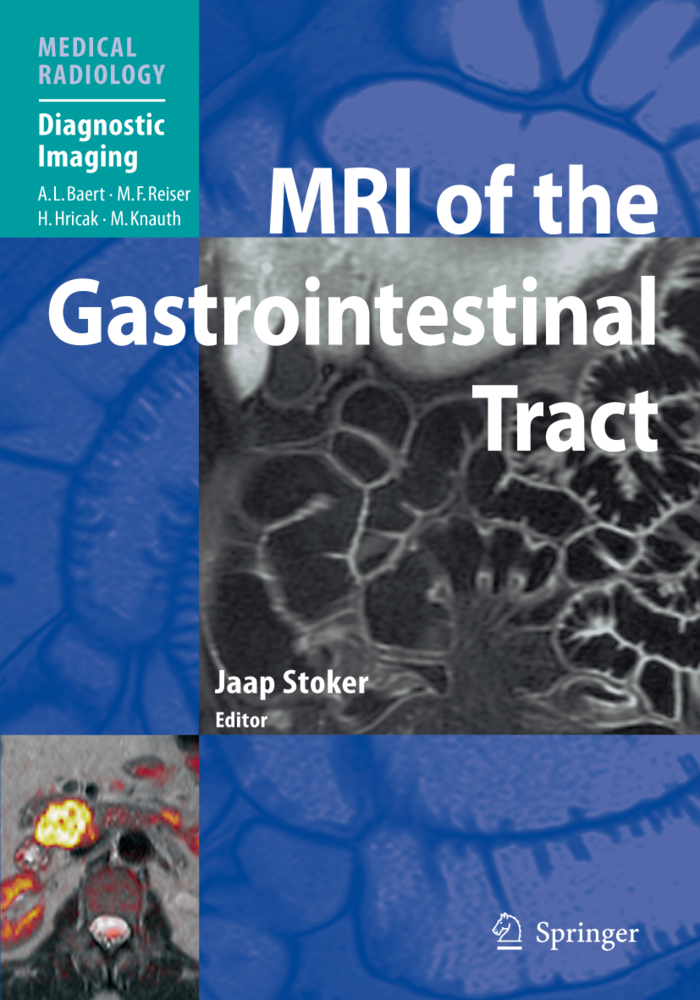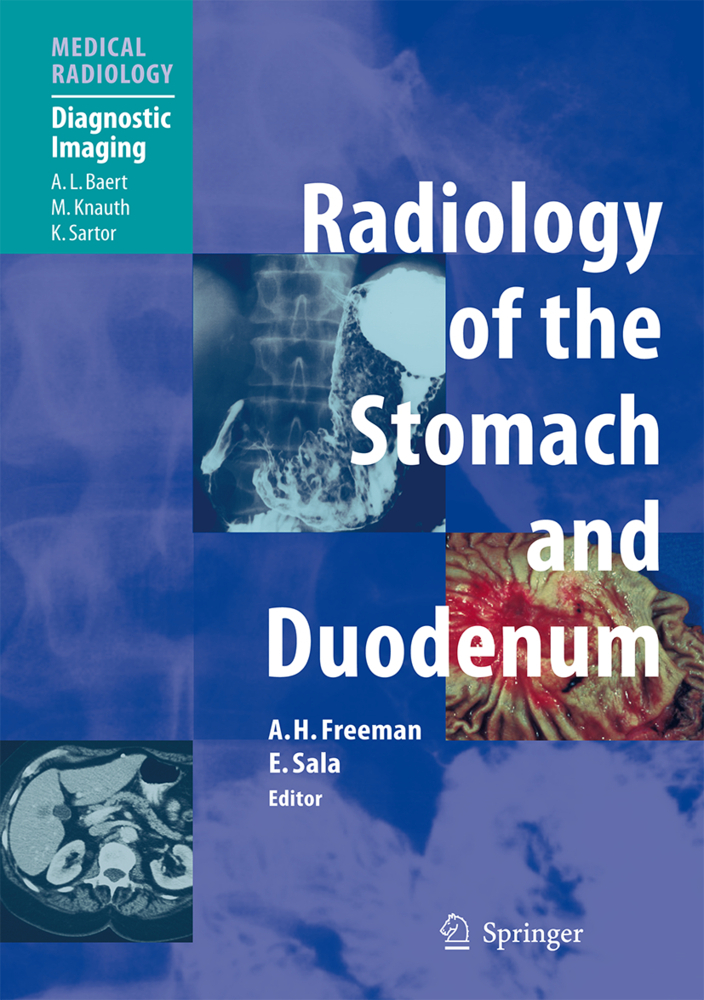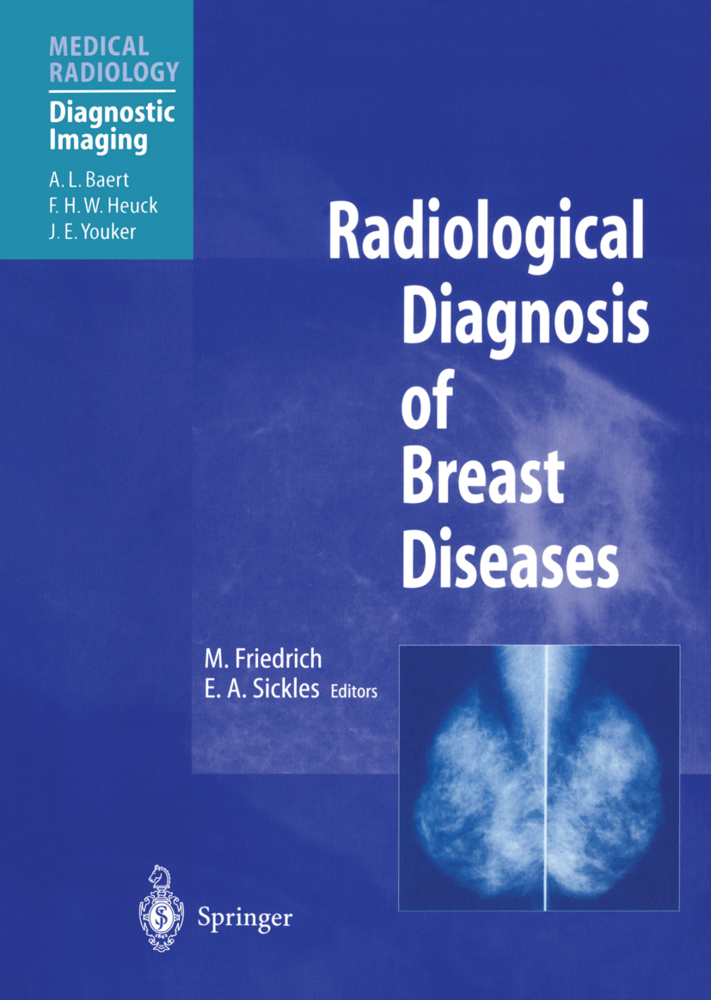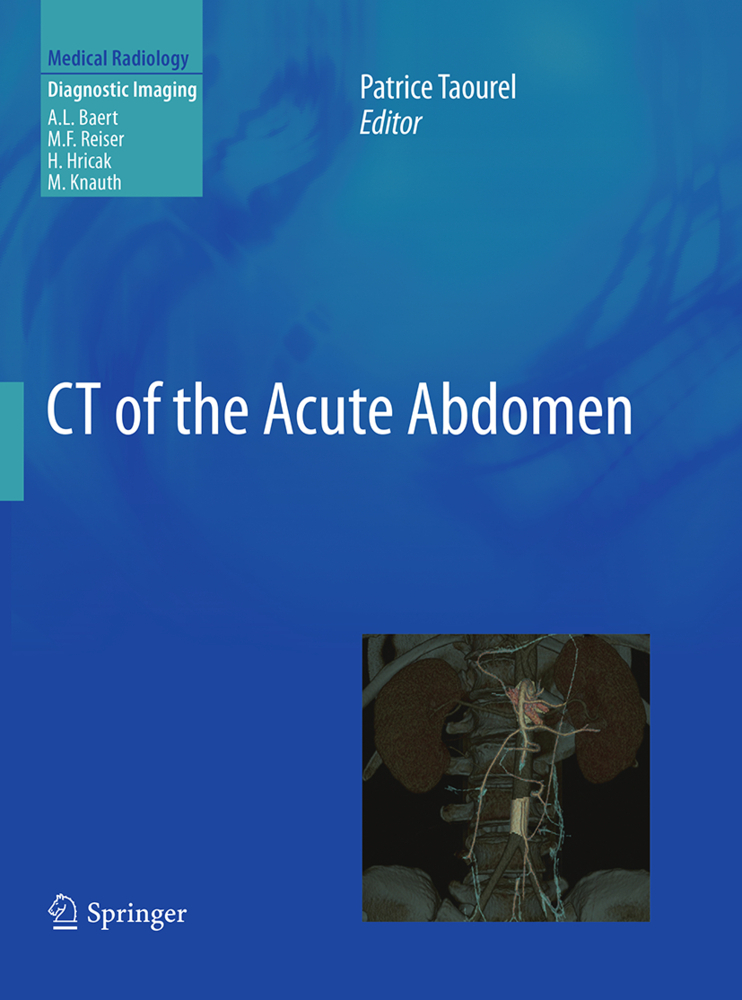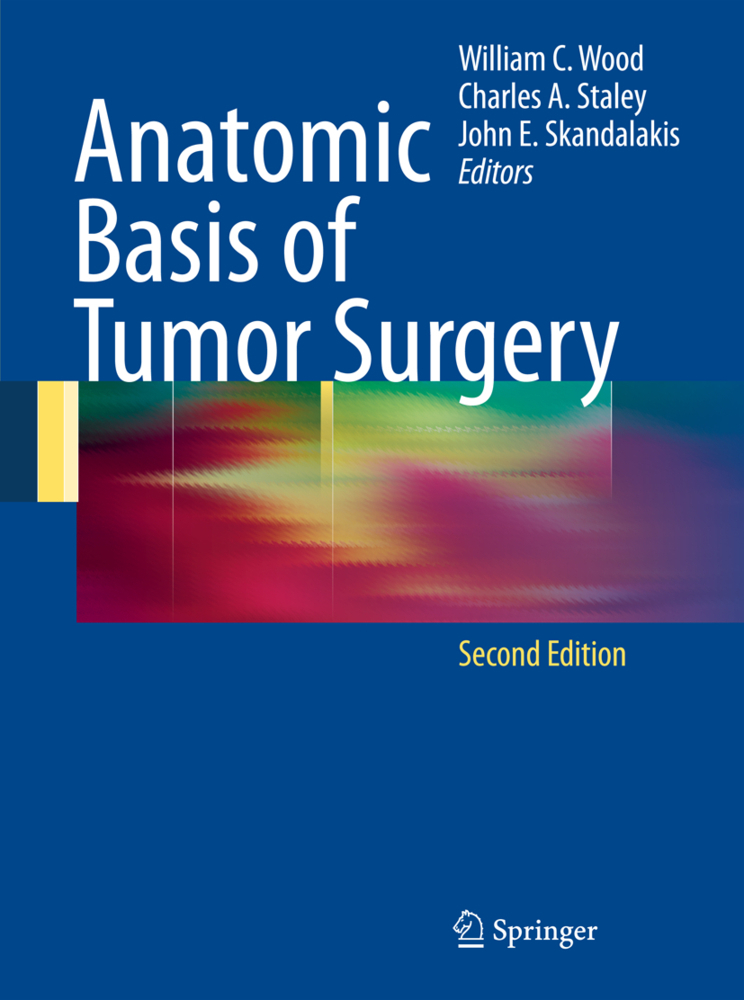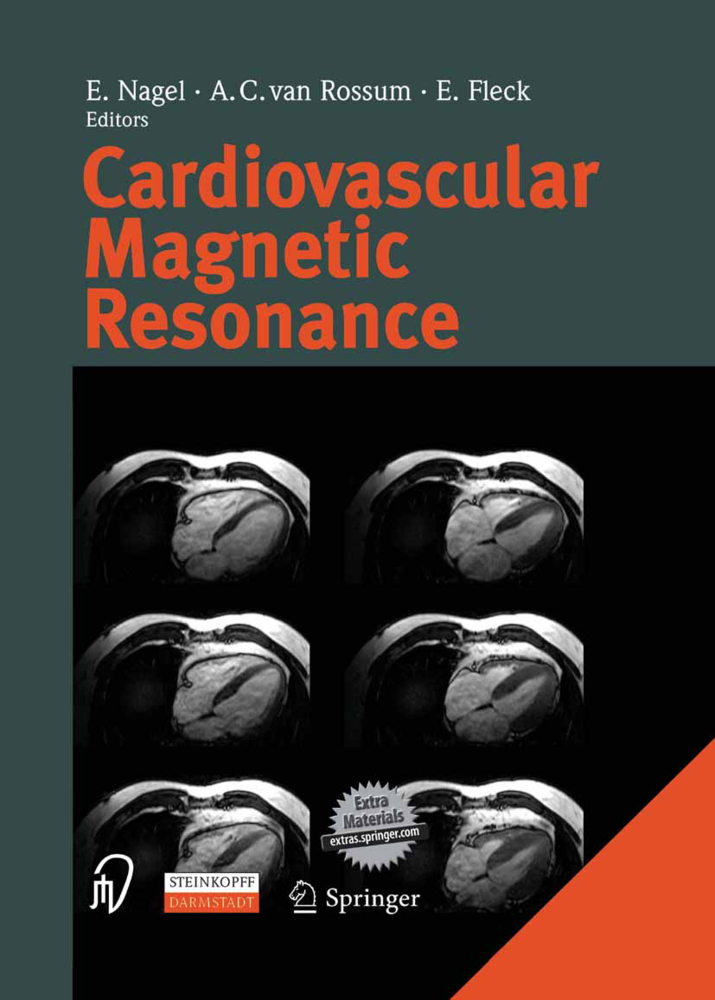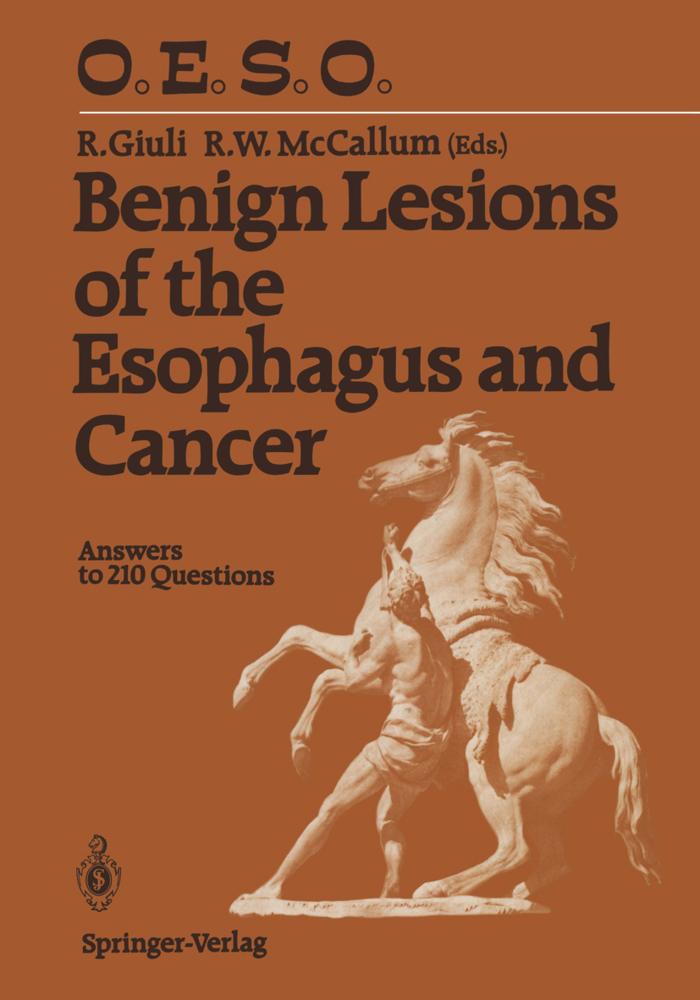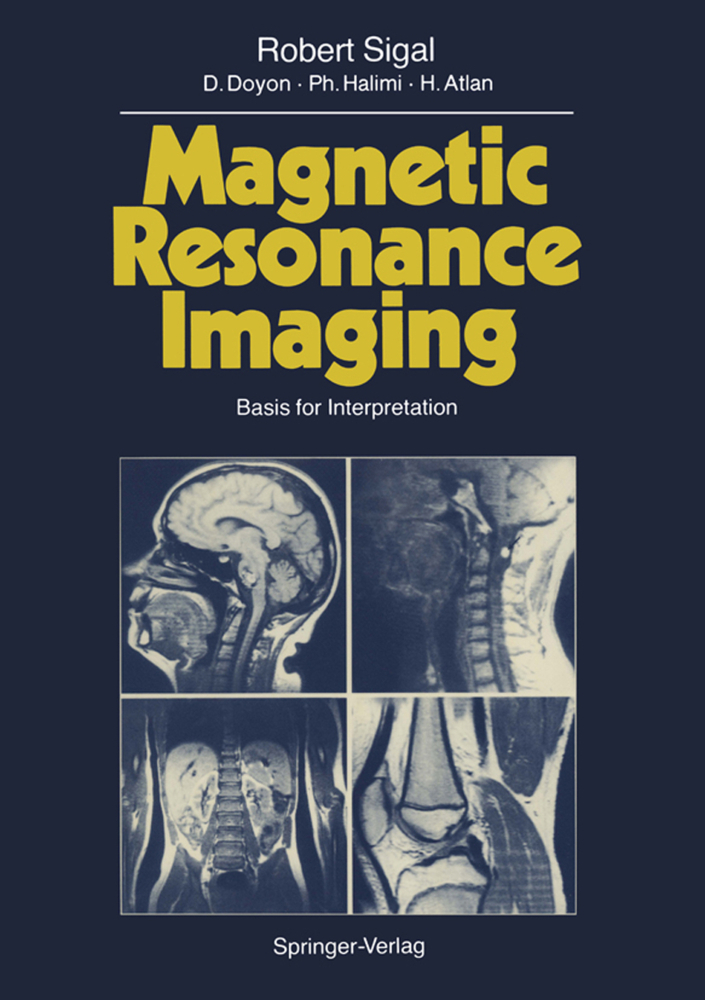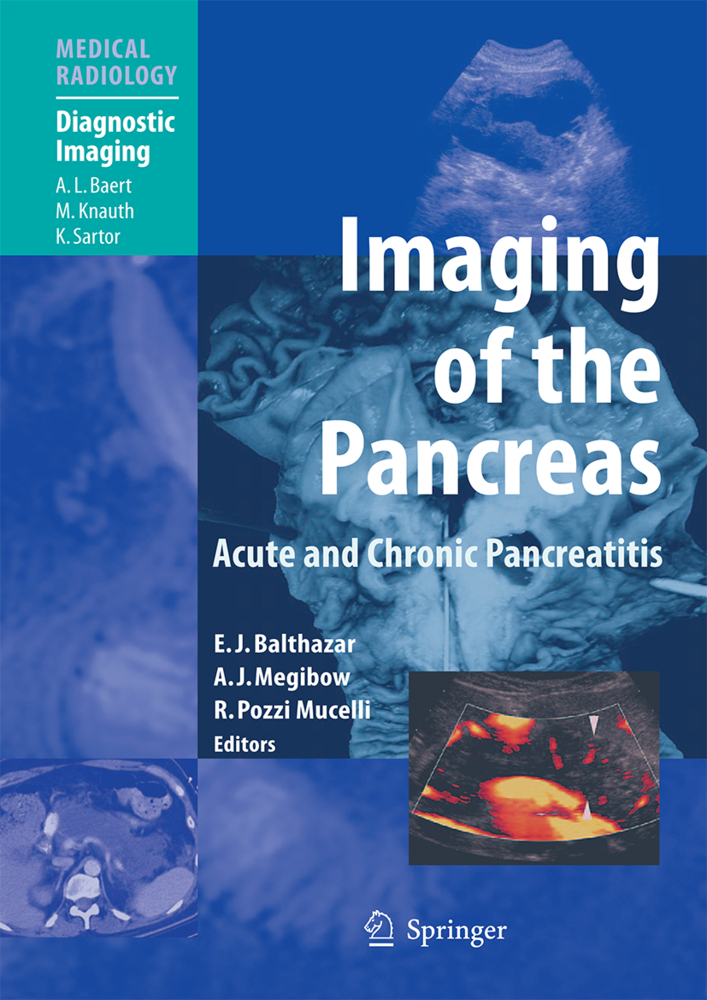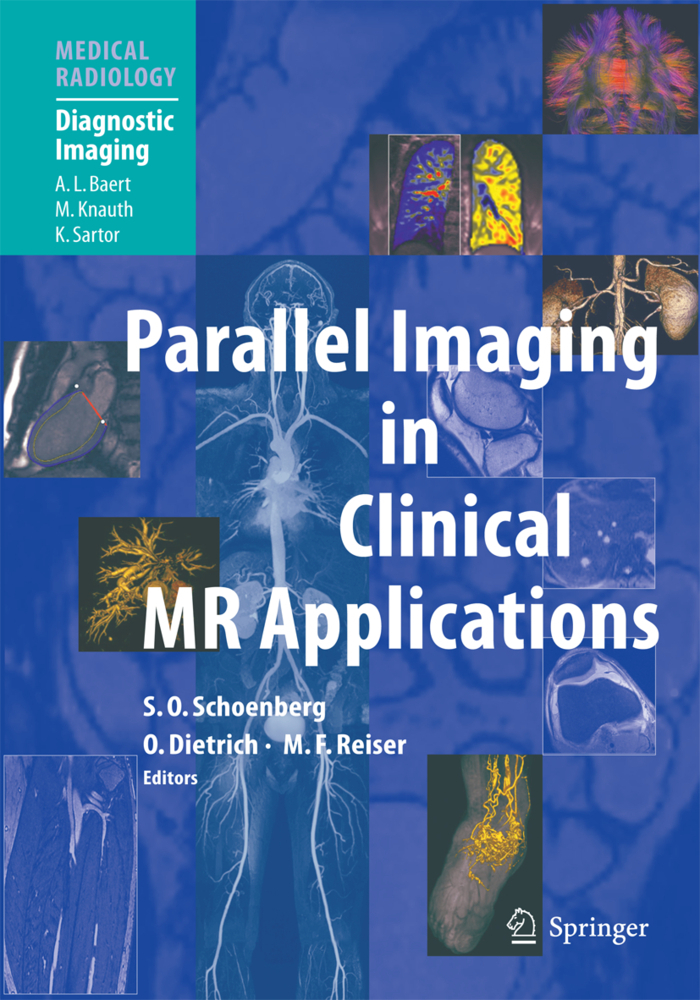MRI has become an important tool in the management of patients with diseases of the gastrointestinal tract, such as rectal cancer and inflammatory bowel diseases. This book, written by distinguished experts in the field, discusses in detail the technical, practical, and clinical aspects of MRI of the gastrointestinal tract. The chapters on technique encompass the most recent developments and address such topics as contrast media, high field strength MRI, and perfusion MRI. Subsequently, individual chapters are devoted to the clinical applications of MRI in the different parts of the gastrointestinal tract. Both established applications and new frontiers are considered, with the aid of numerous high-quality illustrations. By combining chapters dedicated to technical aspects and clinically oriented chapters, this book will prove very instructive for the novice while simultaneously offering experienced practitioners further insights into the value of MRI of the gastrointestinal tract.
1;Medical Radiology Diagnostic Imaging;1 1.1;Title Page;2 1.2;Copyright Page;3 1.3;Foreword;4 1.4;Preface;6 1.5;Contents;7 1.6;Part I: Technique;9 1.6.1;Chapter 1;10 1.6.1.1;MRI of the Gastrointestinal Tract: Coils, Sequences, Techniques;10 1.6.1.1.1;1.1 Introduction;11 1.6.1.1.2;1.2 Coils;11 1.6.1.1.2.1;1.2.1 Requirements;11 1.6.1.1.2.2;1.2.2 MultiCoil Receive Arrays;11 1.6.1.1.2.3;1.2.3 Endoluminal Coils;12 1.6.1.1.3;1.3 Sequences;12 1.6.1.1.3.1;1.3.1 Requirements;12 1.6.1.1.3.2;1.3.2 Echoplanar (EPI);13 1.6.1.1.3.3;1.3.3 RARE (TSE, FSE);13 1.6.1.1.3.4;1.3.4 Single Shot RARE (TSE, FSE)/Single Shot Half-Fourier RARE (HASTE, SSFSE);15 1.6.1.1.3.5;1.3.5 Balanced SSFP (True-FISP, FIESTA, Balanced FFE);16 1.6.1.1.3.6;1.3.6 Spoiled Gradient Echo (FLASH, SPGR, T1FFE);17 1.6.1.1.3.7;1.3.7 Breath-Hold Interpolated 3D T1W (VIBE, LAVA, FAME, THRIVE);18 1.6.1.1.3.8;1.3.8 Hydrographic Projection Imaging;19 1.6.1.1.3.9;1.3.9 Fat Suppression;20 1.6.1.1.3.10;1.3.10 Dynamic Acquisition;21 1.6.1.1.3.11;1.3.11 Diff usion-Weighted Imaging;22 1.6.1.1.3.12;1.3.12 Perfusion Imaging;23 1.6.1.1.4;1.4 Techniques;23 1.6.1.1.4.1;1.4.1 Requirements;23 1.6.1.1.4.2;1.4.2 Pharynx and Esophagus;24 1.6.1.1.4.3;1.4.3 Stomach;24 1.6.1.1.4.4;1.4.4 Small Bowel;24 1.6.1.1.4.5;1.4.5 Colon;24 1.6.1.1.4.6;1.4.6 Rectum and Anus;24 1.6.1.1.5;References;25 1.6.2;Chapter 2;27 1.6.2.1;MRI of the Gastrointestinal Tract at High-Field Strength;27 1.6.2.1.1;2.1 Principal Problem of High-Field MRI;27 1.6.2.1.1.1;2.1.1 Tissue Relaxation Rates;28 1.6.2.1.1.2;2.1.2 Susceptibility;28 1.6.2.1.1.3;2.1.3 Contrast Agents;29 1.6.2.1.1.4;2.1.4 Chemical Shift Artifacts;29 1.6.2.1.1.5;2.1.5 B1-inhomogeneity Artifacts;30 1.6.2.1.1.6;2.1.6 SAR Limitations;30 1.6.2.1.1.7;2.1.7 SSFP Banding Artifacts;31 1.6.2.1.2;2.2 Changes to Accomodate These Problems;34 1.6.2.1.2.1;2.2.1 Improvement Using Parallel and Fast Imaging Techniques;34 1.6.2.1.2.2;2.2.2 Solving the Banding Artifact at 3 T;36 1.6.2.1.3;References;36 1.6.3;Chapter 3;38 1.6.3.1;Contrast Media for MRI of the Gastrointestinal Tract;38 1.6.3.1.1;3.1 Introduction;38 1.6.3.1.2;3.2 Contrast Agents, General Concepts;39 1.6.3.1.2.1;3.2.1 Historical Overview;39 1.6.3.1.2.2;3.2.2 Contrast Resolution;40 1.6.3.1.2.3;3.2.3 Magnetic Properties and Relaxation;41 1.6.3.1.2.4;3.2.4 T1 and T2 Agents;41 1.6.3.1.2.5;3.2.5 General Requirements for Contrast Agents;41 1.6.3.1.2.6;3.2.6 Relaxivity;42 1.6.3.1.2.7;3.2.7 Future Aspects;43 1.6.3.1.3;3.3 Bowel Contrast Agents;43 1.6.3.1.3.1;3.3.1 Positive Agents: Bright Lumen;43 1.6.3.1.3.1.1;3.3.1.1 Mechanism of Action;44 1.6.3.1.3.1.2;3.3.1.2 Positive Bowel Agents;44 1.6.3.1.3.2;3.3.2 Negative Agents: Dark Lumen;44 1.6.3.1.3.2.1;3.3.2.1 Mechanism of Action;44 1.6.3.1.3.2.2;3.3.2.2 Negative Bowel Agents;45 1.6.3.1.3.3;3.3.3 Biphasic Agents: MR Hydrography;45 1.6.3.1.3.3.1;3.3.3.1 Osmosis;46 1.6.3.1.3.3.2;3.3.3.2 Water Balance;46 1.6.3.1.3.3.3;3.3.3.3 Osmolarity: A Decisive Parameter for Bowel Distension;46 1.6.3.1.3.3.4;3.3.3.4 Biphasic Agents and Additives;47 1.6.3.1.4;3.4 Application of Bowel Agents;48 1.6.3.1.5;3.5 Gadolinium-Based Agentsfor Intravenous Use;49 1.6.3.1.5.1;3.5.1 Mechanism of Action;49 1.6.3.1.5.2;3.5.2 Classifi cation of Gadolinium Agents;49 1.6.3.1.5.3;3.5.3 Stability and Transmetallation;51 1.6.3.1.6;3.6 Conclusions;51 1.6.3.1.7;References;52 1.6.4;Chapter 4;55 1.6.4.1;Dynamic Contrast-Enhanced and Diffusion-Weighted MRI of the Gastrointestinal Tract;55 1.6.4.1.1;4.1 Introduction;55 1.6.4.1.2;4.2 Dynamic Contrast-Enhanced MRI (DCE-MRI);56 1.6.4.1.2.1;4.2.1 Technical Parameters;56 1.6.4.1.2.2;4.2.2 Kinetic Modeling;57 1.6.4.1.2.2.1;4.2.2.1 Experiments Using T1-Weighted Sequences;57 1.6.4.1.2.2.2;4.2.2.2 Experiments Using T2*-Weighted Sequences;59 1.6.4.1.2.3;4.2.3 Histopathological Validation;59 1.6.4.1.2.4;4.2.4 Measurement Reproducibility;60 1.6.4.1.2.5;4.2.5 Clinical Studies;60 1.6.4.1.3;4.3 Diffusion-Weighted MRI (DW-MRI);60 1.6.4.1.3.1;4.3.1 Technical Parameters;61 1.6.4.1.4;4.4 Image
Stoker, Jaap
| ISBN | 9783540855323 |
|---|---|
| Artikelnummer | 9783540855323 |
| Medientyp | E-Book - PDF |
| Auflage | 2. Aufl. |
| Copyrightjahr | 2010 |
| Verlag | Springer-Verlag |
| Umfang | 359 Seiten |
| Kopierschutz | Digitales Wasserzeichen |

